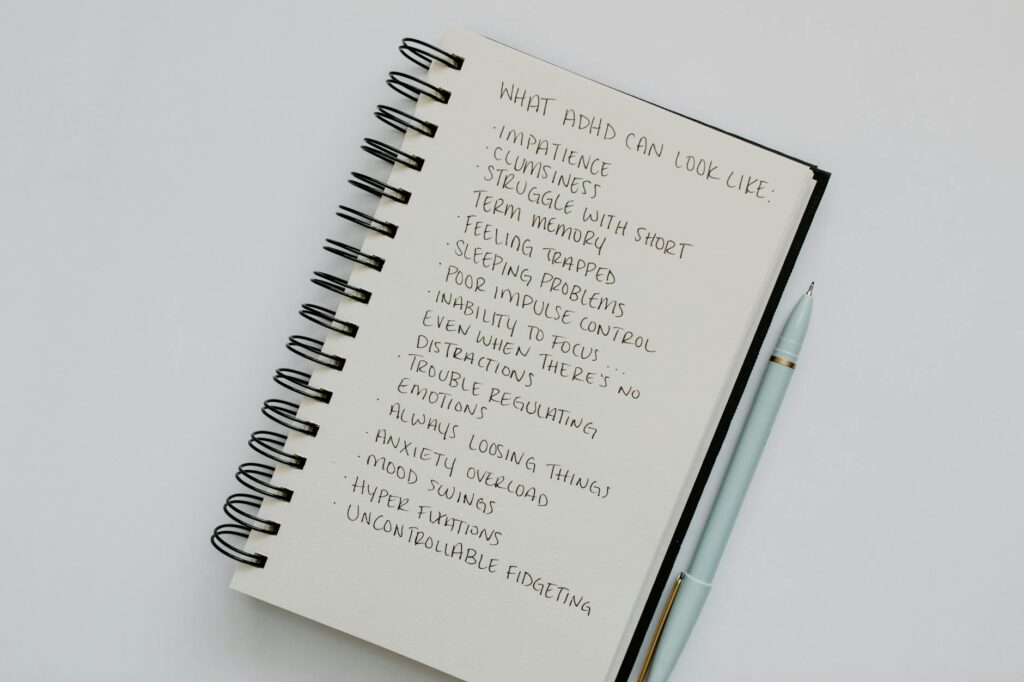What is hyperactivity signs?

What is hyperactivity signs?
Hyperactivity is a term that often comes up in discussions about children’s behavior, productivity, and even mental health. Understanding hyperactivity signs can be crucial for parents, educators, and anyone looking to enhance focus and productivity. So, what exactly are the signs of hyperactivity, and why should we care?
Understanding Hyperactivity
Hyperactivity refers to a heightened state of activity that can manifest in various behaviors. It’s essential to recognize these signs early, as they can indicate underlying issues such as Attention Deficit Hyperactivity Disorder (ADHD).
Definition of Hyperactivity
Hyperactivity is characterized by excessive movement, impulsivity, and difficulty maintaining focus. This behavior often leads to challenges in settings that require calmness and concentration, such as classrooms or workplaces.
Link to ADHD
Hyperactivity is frequently associated with ADHD, a neurodevelopmental disorder that affects both children and adults. Understanding the relationship between hyperactivity and ADHD can provide valuable insights into managing these behaviors effectively. For more on the signs of ADHD, you can visit the NHS website.

Photo by Tara Winstead
Common Signs of Hyperactivity
Recognizing hyperactivity signs can help in addressing potential challenges early on. Here are some of the most common signs associated with hyperactivity.
Excessive Movement and Restlessness
One of the most notable signs of hyperactivity is constant movement. Individuals may fidget, tap their feet, or move around frequently, even when they are expected to remain still. This behavior can be distracting in settings like classrooms or meetings.
Difficulty Remaining Seated
Hyperactive individuals often struggle to stay seated in calmer environments. You might notice a child who frequently leaves their desk or an adult who can’t seem to stay in their chair during a meeting. This restlessness can be frustrating for both the individual and those around them.
Interruptions and Impulsivity
Another hallmark of hyperactivity is impulsivity. Individuals may interrupt conversations, blurt out answers in class, or make hasty decisions without considering the consequences. This impulsivity can lead to social challenges and strained relationships.
Recognizing Hyperactivity in Different Age Groups
Hyperactivity signs can manifest differently across various age groups. Understanding these differences is key to addressing the behaviors effectively.
Hyperactivity Signs in Children
In children, hyperactivity may be expressed through constant chatter, difficulty waiting their turn, and an inability to play quietly. These behaviors are often most noticeable in structured environments like schools. For insight into ADHD symptoms specifically in children, the CDC offers valuable resources.
Hyperactivity Signs in Adolescents and Adults
As individuals grow older, hyperactivity can evolve. Adolescents might display signs through restlessness or difficulty concentrating on tasks such as homework. Adults may struggle with time management, disorganization, or even chronic procrastination. It’s often misinterpreted as a lack of ambition or focus, but it can stem from hyperactivity.
Implications of Hyperactivity Signs
Recognizing these signs can have significant implications on personal and academic performance.
Impact on Education and Learning
For children, undiagnosed hyperactivity can lead to poor academic performance. Difficulty focusing can affect their ability to learn effectively, making it challenging to succeed in school. Understanding these signs allows for timely interventions, which can help improve educational outcomes.
Impact on Work and Productivity
In the workplace, hyperactivity can hinder productivity and disrupt workplace harmony. Individuals with hyperactivity might find it difficult to concentrate on tasks, meet deadlines, or maintain effective communication with colleagues. Recognizing these signs can inform the development of strategies that improve work-life balance and productivity.
Conclusion: Addressing Hyperactivity Signs
Acknowledging hyperactivity signs is vital for fostering a supportive environment for those affected. Whether you’re a parent, educator, or individual grappling with these challenges, understanding hyperactivity can lead to better management strategies.
If you suspect that you or someone you know may be dealing with hyperactivity, consider seeking professional guidance. Early recognition and intervention can profoundly impact academic and personal success. For comprehensive details on ADHD and its effects, take a look at resources available through the National Institute of Mental Health.
Recognizing hyperactivity signs is not merely about identifying behavior; it’s about opening doors to better understanding and support. By taking proactive steps, we can help individuals manage their hyperactivity effectively and improve their quality of life.